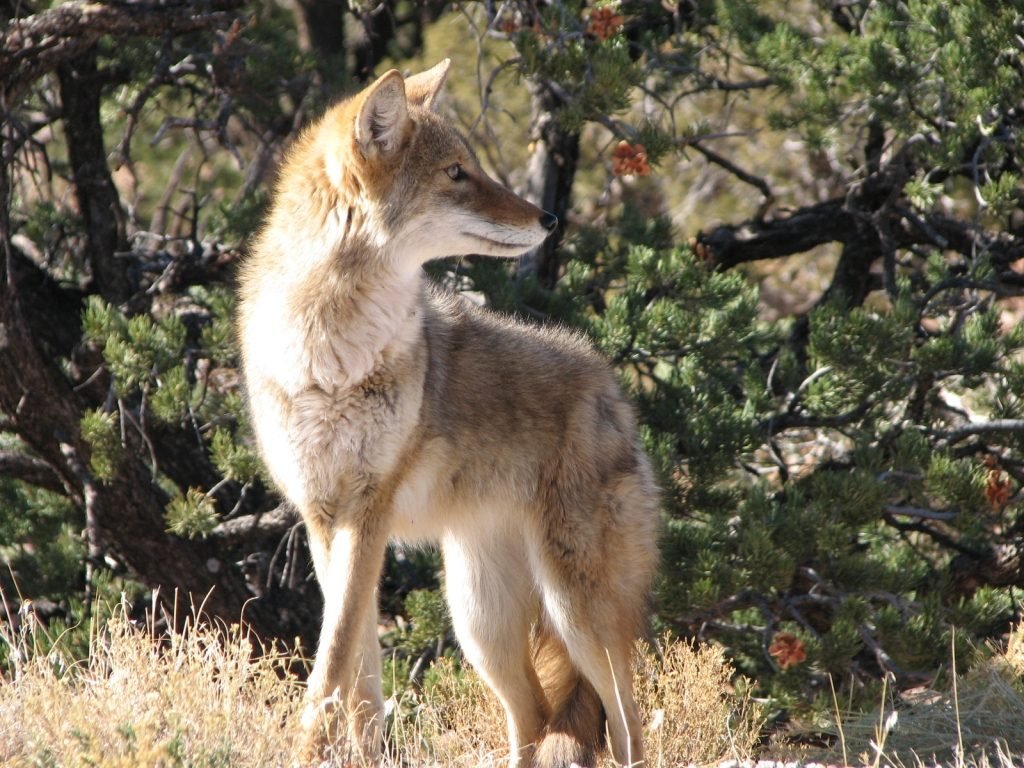
The howl of a coyote means many different things depending on who hears it. Fans of American horror movies will instantly recognize it as a preamble to pending doom.
A coyote howling was an unmistakable signal that something very bad was about to happen. For a long time, the majority of sportsmen felt the same way.
Coyotes were often believed to be undesirable, nuisance predators responsible for the loss of valuable game animals, even white tail deer. As late as the mid-20th century many states still offered bounties on coyotes paid for each hiding a hunter could produce.
Over the last decade, the coyote has begun to be seen in a different light. While the belief that coyotes are a non-discriminating killer of both wild game and domesticated life stock is still wide spread, the method of control has changed.
Rather than a kill on sight approach, meant to eradicate the species, coyotes are now viewed by many sportsmen as a valuable target species. Many states have established seasons and hunters are now pursuing coyotes in the same way they do deer, turkeys or small game.
One of the reasons coyote hunting has grown in popularity is their widespread availability. Coyotes are no longer limited to the western states, but can now be found in nearly every state including the East Coast.
The second reason for their increasing value with hunters is their weary nature, which makes them a difficult animal to harvest. Finally, there is the fact that a new hunter can successfully pursue coyotes without a lot of specialized gear.
Getting Started
The new coyote hunter will quickly find that, although an entire industry has been built around providing specialized predator hunting gear, very little is needed to get started. With a little bit of knowledge and some of the same equipment already being used for deer, turkeys or small game it is possible to successfully harvest this elusive canine.
Rifle. Coyotes required a flat shooting rifle light enough to be carried easily for long periods of time. While many freshmen have been very successful using their deer rifle or even turkey shotgun a flat, fast shooting .223 is a near perfect varmint rifle.
Camouflage. Coyotes are a very wary predator with extremely keen senses. This means that camouflage is not an option but a requirement. If there is any chance of getting a coyote to come within the range, you must make sure to camouflage yourself, your gear and any trace of your entry into their world.
Sight and Sound.
The biggest challenge when hunting coyotes is tricking the evasive hunter to crossing the line from being a predator to becoming prey. Two of the mainstays in achieving this goal are decoys and calls. Decoys need not be overly fancy. Although full body, fur covered decoys are available, many hunters use little more than a rabbit tail, or stuffed toy on a spring mounted holder.
Coupled with a mouth or electronic call, imitating either a rabbit in distress or another coyote looking to mate, you’ve got a set up that says “Come and get it” to any coyote within about 1/2miles area.
Once you have your limited gear ready it is time to hunt. But the question now is “Where?” Like you would with any game animal, you look for the food. Coyotes are predators and are always on the lookout for the next meal. You should take advantage of this trait to locate your prey by looking where a coyote finds its prey.
Open fields, hedgerows and the edges of new growth forests are all areas which attract and hold mice, rabbits, and other small game species. This means they will also attract coyotes.
Select your location by remembering that the coyote will be hunting as well. You will want to make sure the primary winding is to your advantage, but you can increase this edge by placing your back against a stream, cliff or another natural obstacle- reducing the coyote’s ability to circle downwind of your position.
Avoiding the very top of the rise and having the sun at your back may not seem like a big deal, but when you are hunting another predator, every advantage tips the scales just a little bit.
In the end, it’s all about tipping the scales far enough in your direction that you come out on top.
Good luck and good hunting!

